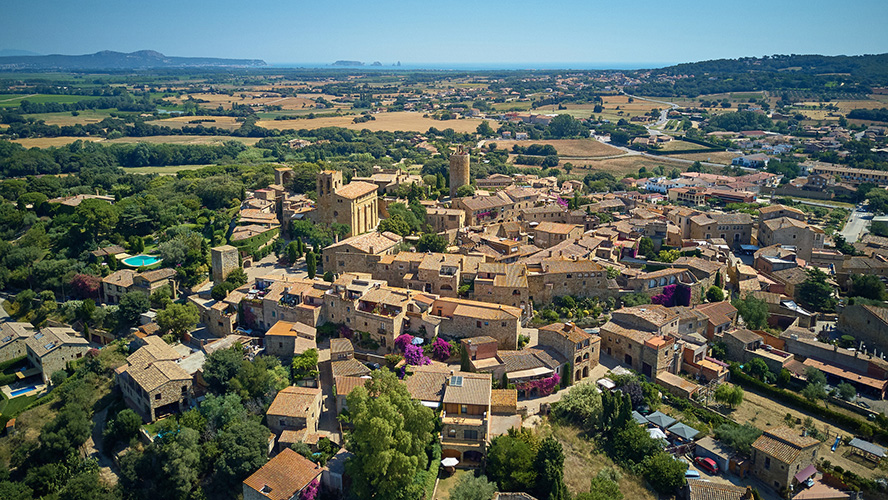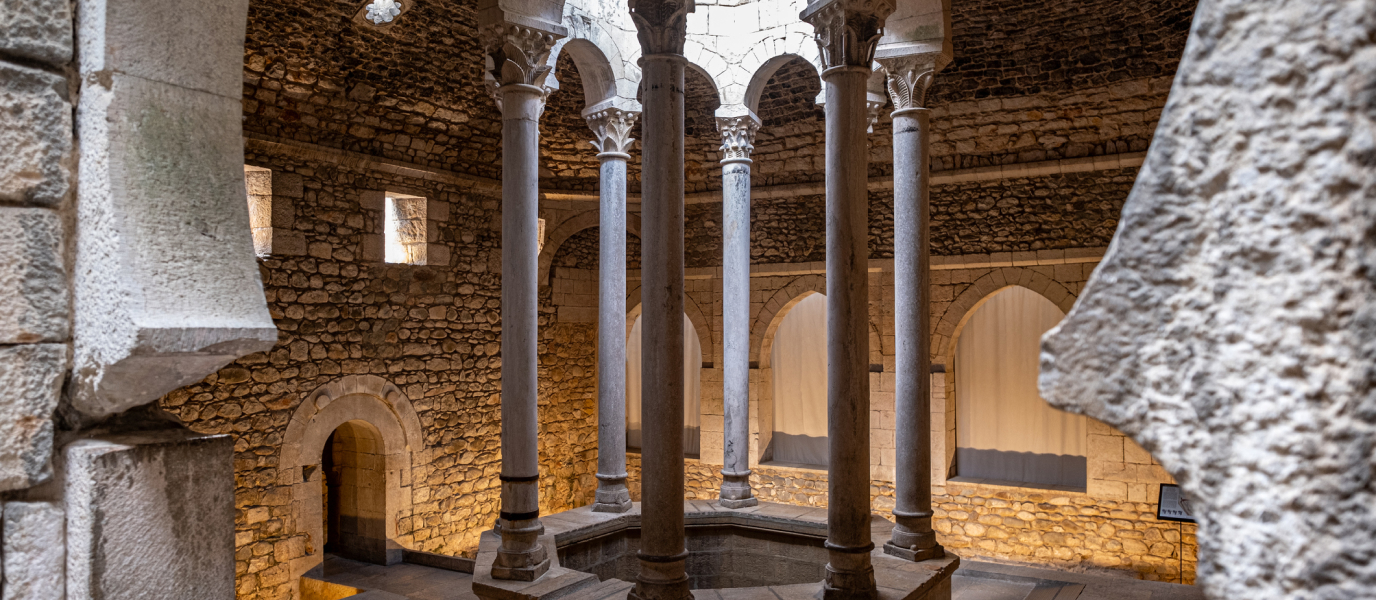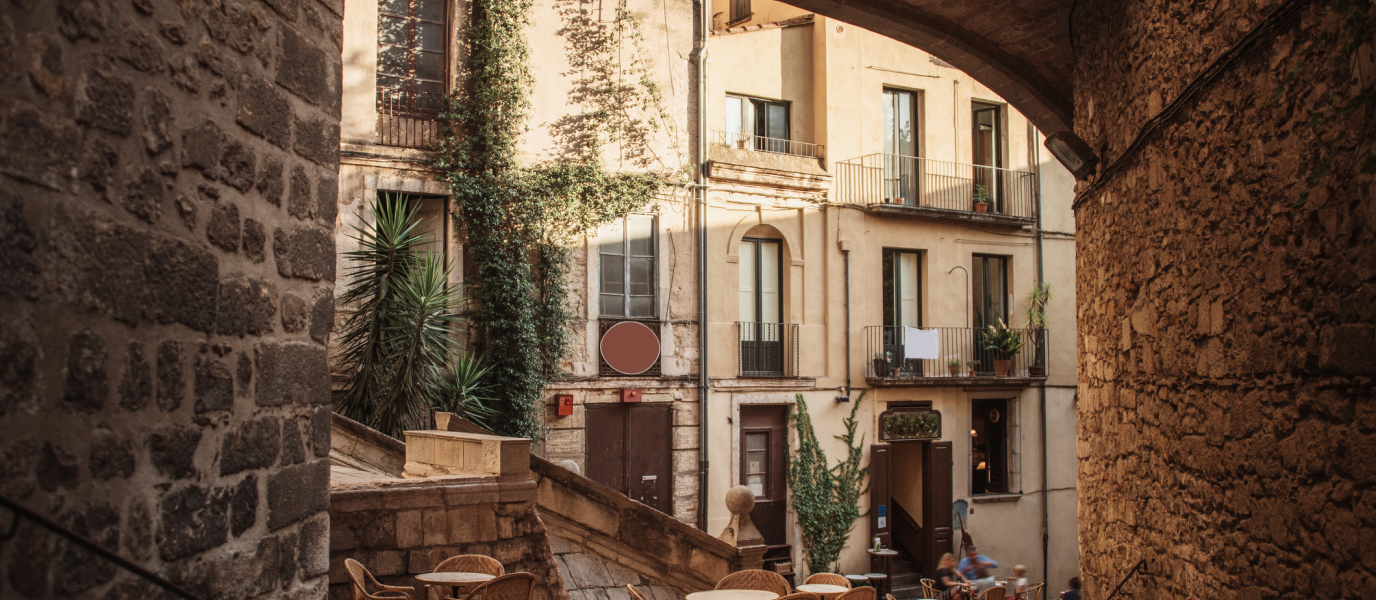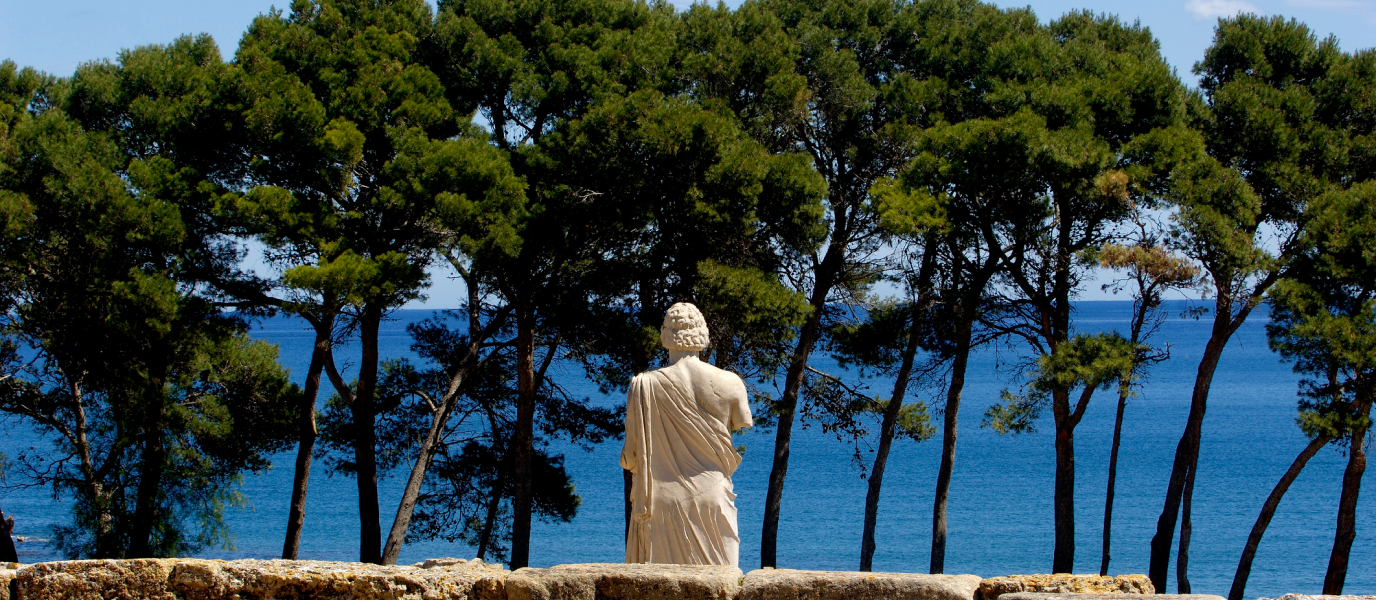There is a 200-kilometre route along the coastline of the Costa Brava in Girona that links the towns of Blanes and Portbou called the Camí de Ronda. Its origins date back to the time when the Spanish Royal Carabinier Corps of the Coasts and Borders, created in 1829 to guard the coastline, used to carry out what was called the “ronda” (hence the name in Spanish) to ensure that smugglers did not reach the coast. The Civil Guard took over its duties from 1940 onwards.
This coastal path, which visitors mainly cross through one of two routes (one circular and the other linear), can be done at any time of the year and on foot, due to its narrow and steep paths.
The Camí de Ronda in Girona offers beautiful rugged landscapes of the Costa Brava’s rough terrain, with a series of coves, viewpoints and cliffs, passing through villages that are well worth a stop for a visit or a rest.
Routes
Although there are several paths that run along part of the Camí de Ronda, this historic itinerary is usually completed on one of two main routes: a linear one, some 43 kilometres long, or a circular one covering 140 kilometres.
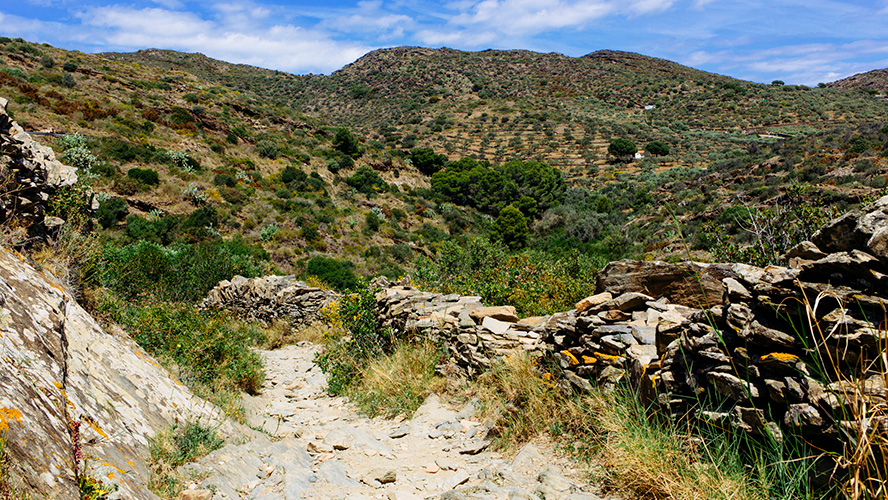
Linear route
The linear route we suggest follows the Camí de Ronda along the coast of Girona runs from the town of Sant Feliu de Guíxols to Begur. It covers a total of 43 kilometres and takes two days to complete.
The first day, on which you’ll cover 17.4 kilometres in length, runs between Sant Feliu de Guíxols and Palamós. This section is noteworthy because it passes by beaches such as Sant Pol and Sa Conca, coves such as Pi, Molí and Maset, a well as places such as Platja d’Aro.
The second day, featuring a 25.6-kilometre long route, runs between the towns of Palamós and Begur. Admiring the views from the summit of Cap Gros, visiting the ruins of Sant Esteve Castle on La Fosca beach, strolling along Castell beach (which is one of the few unspoilt beaches on the Costa Brava) or exploring the Cap Roig Botanical Garden, home to over a thousand plants, are just some of the attractions on this second leg, which ends in an uphill climb to Begur.
Circular route
This circular route starts and ends in the city of Girona. There are 140 kilometres and it can be done in eight days: Girona-Llagostera; Llagostera – St. Feliu de Guíxols; St. Feliu de Guíxols – Palamós; Palamós – Llafranc; Llafranc – Begur; Begur-La Bisbal d’Empordà; La Bisbal d’Empordà – Els Àngels; Els Àngels – Girona.
This route runs through the Gavarres Massif, passes along the Costa Brava and ends back in Girona on the Empordanet plain, climbing up to reach the Els Àngels Sanctuary. Eighty percent of the route passes through protected natural areas.
The Sant Elm Hermitage as a viewpoint overlooking the coast, the villages of Pals and Peratallada and the mountain of Sant Miquel are some of the highlights of the circular route of the Camí de Ronda.
Most beautiful villages
Those who venture out on one of the two routes of the Camí de Ronda will have the chance to discover some of the most beautiful villages in the province of Girona and the Catalan Costa Brava.
The following three are particularly worth a mention:
Platja d’Aro
Platja d’Aro is located in the heart of the Costa Brava and forms part of the municipality of Castell-Platja d’Aro. It is one of the villages where tourists can stop if they follow the Camí de Ronda linear route along the Girona coastline.
In addition to a two-kilometre-long beach, small enchanting coves and the remains of a Roman villa from the 1st century B.C., the historic centre of Castell d’Aro is of particular interest. It has been declared a Cultural Asset of National Interest as it still has streets and houses built between the 16th and 18th centuries, as well as a castle and church that form the main part of the historic town.
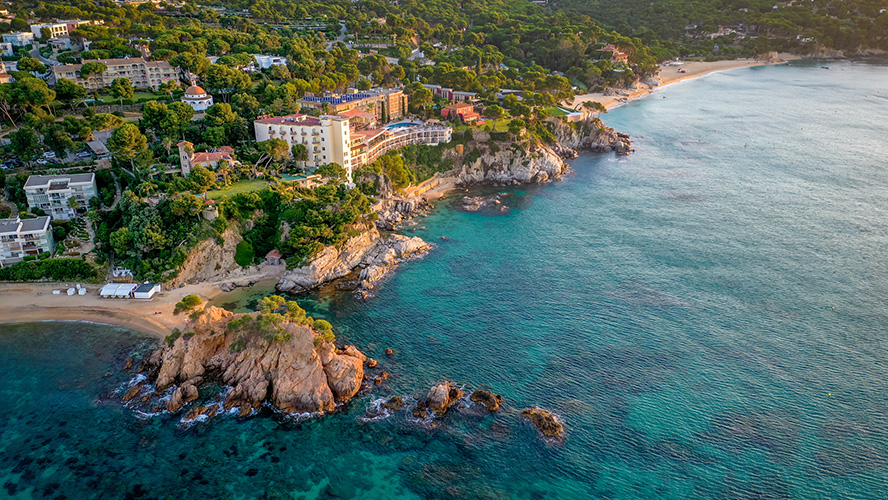
Begur
After more than 40 kilometres, travellers heading along the linear route of the Camí de Ronda can choose to rest and spend the night in Begur, a town located on the southern coast of the Baix Empordà. Those who opt for the circular route that starts and ends in the city of Girona will also pass through this town.
Perched on a rugged landscape and presided over from above by a castle dating from the 15th century, which still has part of its walls and five defence towers, Begur is home to beautiful coves and beaches. The town centre is also outstanding, where you can see the colonial houses of the indianos who went to make their fortunes in the Americas, as well as the old fishing quarters where there is now a marina and residential and tourist complexes.
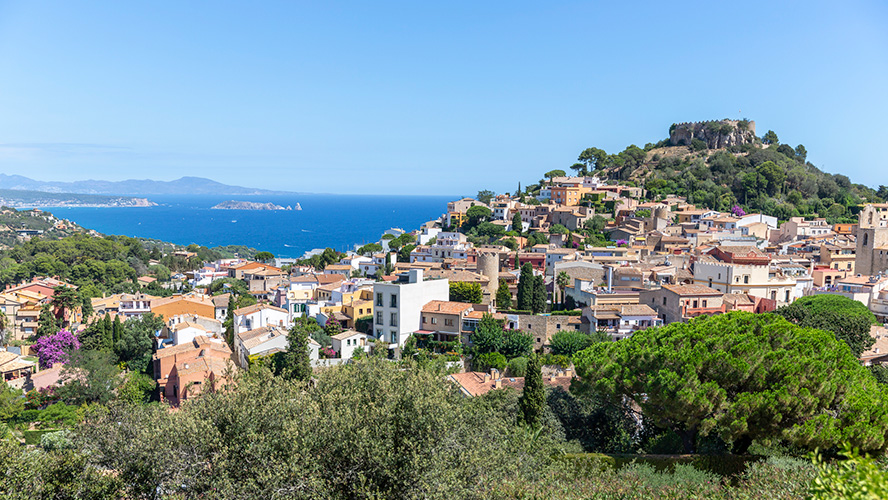
Pals
A stroll along the Girona coastline also means taking a trip back in time. In some cases, to the Middle Ages, as is the case with the municipality of Pals, located in the Baix Empordà region.
This town, along with Peratallada, is an essential stop on the circular route of the Camí de Ronda because of its medieval remains. Narrow cobbled streets, walls, towers and stone houses are just some of the characteristic features of the medieval town of Pals. Its monuments include the Torre de les Hores, from which you can enjoy panoramic views of the area, as well as the Romanesque church of Sant Pere, which dates from the 11th century.
As for its natural attractions, the Pals beach is the perfect destination for windsurfers and kite surfers and, if you have time, it’s well worth taking a stroll along its wetlands and its famous rice paddies, as Pals is well known for its rice.
Aerial view of the medieval town of Pals
